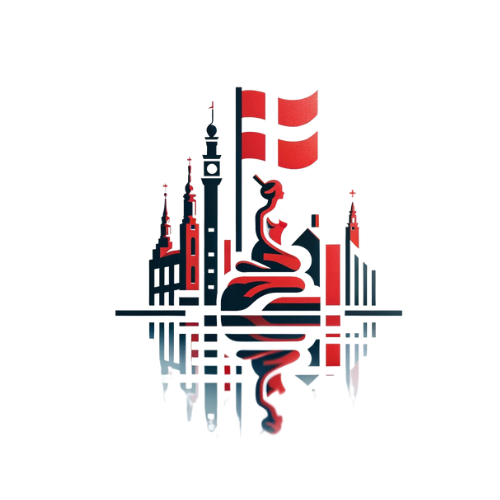Exploring the Roots of Danish Graffiti
As a Danish native, I’ve always been captivated by the colorful and expressive nature of graffiti and urban art in my country. For me, these art forms represent a unique blend of creativity, rebellion, and a strong sense of community. Danish graffiti has a rich history that can be traced back to the 1980s, when it emerged as an underground movement in cities like Copenhagen, Aarhus, and Odense. Back then, it was seen as a form of protest against the strict social norms and political climate of the time.
The early graffiti artists in Denmark drew inspiration from the vibrant hip-hop culture that was gaining traction in the United States. They sought to express themselves through their art and make their mark on the urban landscape. Over time, Danish graffiti evolved into a respected and influential art form that has left its mark on the cultural fabric of the country.
The Evolution of Urban Art in Denmark
Today, the streets of Denmark are adorned with vibrant and thought-provoking urban art that reflects the country’s contemporary cultural landscape. Graffiti and street art have moved beyond being a form of protest and rebellion to become an integral part of the artistic scene in Denmark. Artists are now using their work to address social issues, raise awareness about important causes, and beautify public spaces.
One of the most iconic urban art scenes in Denmark can be found in the streets of Christiania, a self-proclaimed autonomous neighborhood in Copenhagen. Here, visitors can marvel at the intricate and politically charged murals that adorn the walls of the community. Each piece tells a unique story and provides a glimpse into the values and beliefs of the people who call Christiania home.
The Intersection of Tradition and Innovation
What sets Danish graffiti and urban art apart is its ability to seamlessly blend traditional art techniques with cutting-edge styles and technologies. Many Danish artists draw inspiration from the country’s rich artistic heritage, incorporating elements of Danish design and craftsmanship into their work. At the same time, they are not afraid to experiment with new mediums and forms of expression, constantly pushing the boundaries of what urban art can be.
- From large-scale murals to intricate stencil work, Danish graffiti artists are known for their versatility and willingness to try new things.
- In recent years, the rise of digital street art has become a prominent feature of the Danish urban art scene. This innovative approach allows artists to create interactive and ever-changing pieces that engage and captivate viewers.
- The blending of traditional and modern techniques has created a dynamic and diverse urban art landscape in Denmark, with something for everyone to appreciate and enjoy.
The Impact of Danish Graffiti and Urban Art
The cultural impact of graffiti and urban art in Denmark cannot be overstated. These art forms have become an integral part of the country’s identity, showcasing the creativity, resilience, and independent spirit of the Danish people. Urban art has also played a crucial role in transforming neglected urban spaces into vibrant, welcoming areas that foster a sense of community and pride.
Furthermore, Danish graffiti and urban art have gained recognition on the international stage, with artists from Denmark showcasing their work at prominent street art festivals and exhibitions around the world. This has not only elevated the profile of Danish urban art but has also helped to strengthen cultural exchange and collaboration between artists from different countries.
Preserving and Supporting Urban Art in Denmark
As a society, Denmark is committed to preserving and supporting urban art as a valuable form of cultural expression. The government has implemented initiatives to provide legal spaces for artists to showcase their work and has offered funding and resources to help facilitate the creation of new urban art projects. Additionally, there are numerous organizations and community groups in Denmark that champion the importance of urban art and work to promote the inclusion of street art in public spaces.
It’s evident that Danish graffiti and urban art are not just about creating visually stunning works. They are a reflection of Danish culture, history, and society, and play a crucial role in shaping the identity of the country. As a Dane, I take pride in the rich and diverse urban art scene that thrives in Denmark, and I am excited to see how it continues to evolve and inspire future generations of artists.
By embracing and celebrating the unique cultural contributions of graffiti and urban art, Denmark has established itself as a global hub for artistic innovation and expression.





